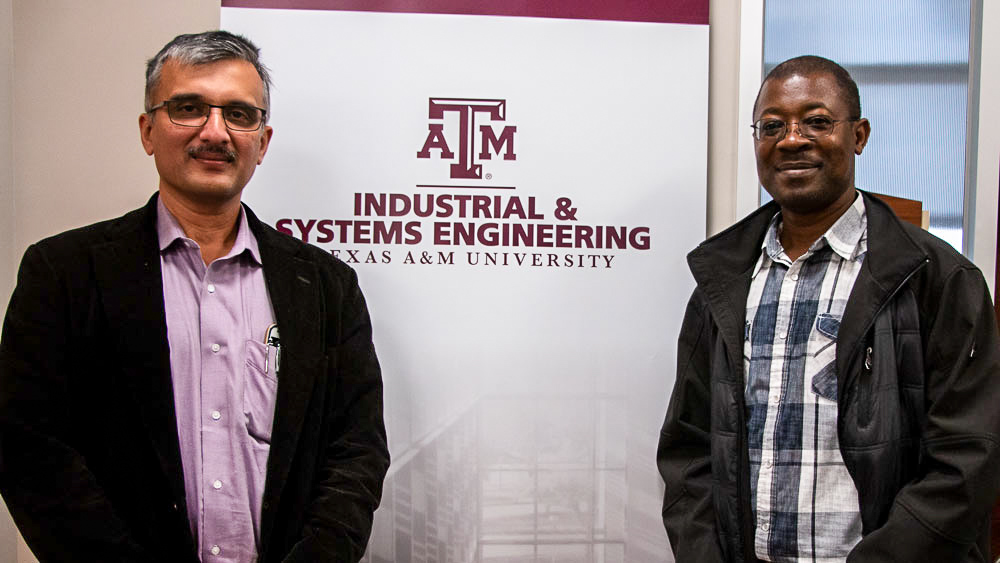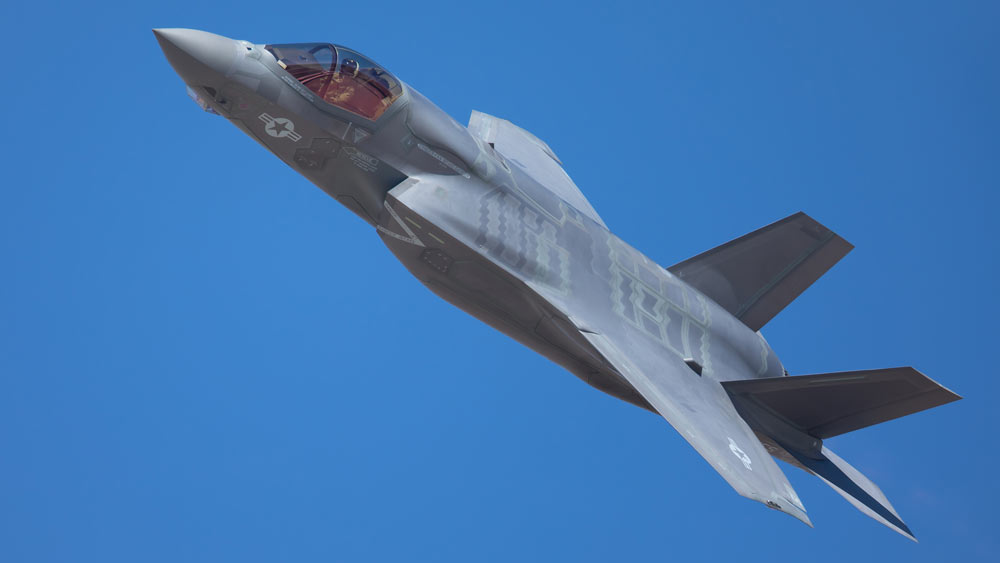
Between media and international pressure to reduce controversial cost overruns and production delays, Lockheed Martin partnered with a team from Texas A&M University to analyze and streamline the company’s final assembly process for F-35 fighter jets.
Global security and aerospace company Lockheed Martin is a leader in engineering innovation. From cutting-edge military aircrafts, such as the F-35 Lightning II fighter jet, to advanced spacecraft systems, their influence can be seen throughout the world and beyond.
Unfortunately, when their inventions cause expenses to soar, their troubles are also broadcast around the globe.
In order to help resolve some of these troubles, researchers from the Department of Industrial and Systems Engineering investigated how Lockheed Martin could increase their production rate from assembling one plane every six days to one plane every day and a half.
The team consisted of Dr. Lewis Ntaimo, professor and Marilyn and L. David Black Faculty Fellow, and a trio of students. Dr. Amarnath “Andy” Banerjee, professor and Corrie and Jim Furber '64 Faculty Fellow, led the project.
Innovations in the Air
With production partners and customers in more than 10 countries around the world, the F-35 Joint Strike Fighter Program relies on a global network of manufacturers to create each aircraft. Lockheed Martin is responsible for the final assembly of three variations of F-35 military aircrafts.
These versions, designated as Types A, B and C, are nearly indistinguishable from one another on looks alone. Along with internal components, the main differentiating feature of each is their landing and takeoff capabilities. Type A, the most common and basic version of the F-35, is designed to operate on conventional runways. In contrast, Type B requires a shorter takeoff and landing distance. Finally, Type C is crafted explicitly for aircraft carriers and is able to take off and land vertically due to a rotatable engine.

As Banerjee described, the assembly is not only dependent upon the delivery of necessary materials and manufactured pieces from company partners, but also must adhere to each country’s specifications and codes, and specified production steps. This, in addition to each category of F-35 needing to be configured differently to achieve their distinctive landing and takeoff functions, means that parts cannot simply be switched out if a shipment is delayed. Such factors added to late delivery dates and drove up costs, increasing criticism and controversy.
Simulating Solutions
With pressures rising to reduce production setbacks and widespread negative media coverage on cost overruns, the Texas A&M team searched for solutions using a statistical distribution-based simulation model of the assembly process.
“It was an interesting experience to take the things we do as industrial engineers, like developing simulation models, analyzing data and doing future projections, and then getting to see how our result directly compares with what’s actually happening in the production facility,” said Banerjee.
Using their model, which has been given to Lockheed Martin as an ongoing resource, the researchers ran what-if analyses that detailed how potential changes, such as adding workers, combining tasks or modifying task precedencies, might affect production time.
The what-if scenarios were further bolstered by elaborate scripts written in R, a statistical analysis freeware. Banerjee explained that the model and R together estimated the likelihood of a task to be behind or on schedule and produced an interactive visual that allows the company to infer the cause of task-related setbacks. This new insight was used to predict how prospective changes will positively and negatively impact the assembly process and create a list of suggested steps to gradually and smoothly increase production rate.
In doing so, the team not only helped solve the problems that Lockheed Martin faces in the present, but also set them up for a more efficient and cost-effective future.